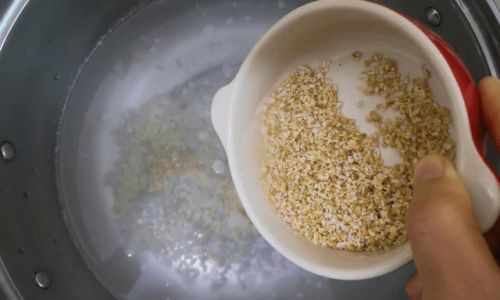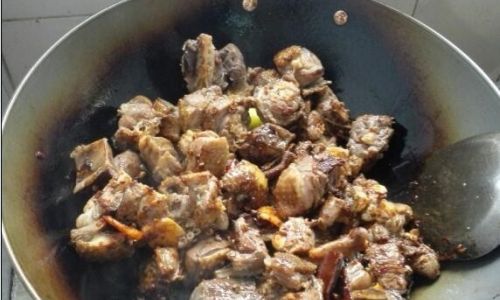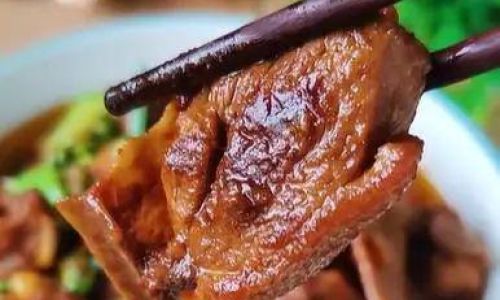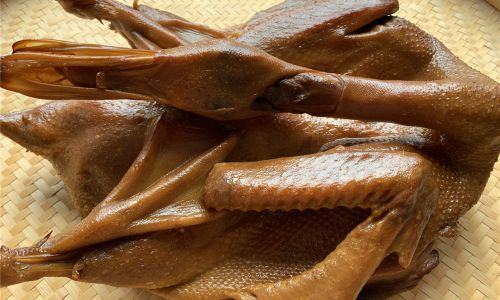Introduction
Oatmeal, a staple breakfast food enjoyed by millions worldwide, offers a nutritious and versatile start to the day. Whether you prefer it creamy and smooth, chunky and hearty, or topped with an array of fruits, nuts, and spices, the key to a satisfying bowl of oatmeal lies in its preparation. One of the most frequently asked questions among oatmeal enthusiasts is, “How long should you cook oatmeal for the perfect texture?” The answer, however, isn’t as straightforward as it might seem, as it depends on several factors, including the type of oats you’re using, your preferred consistency, and even the cooking method. In this comprehensive guide, we’ll explore the nuances of cooking oatmeal, offering insights into the ideal cooking times for different types of oats and tips for achieving the perfect texture.

Types of Oats and Their Cooking Times
Before diving into the specifics of cooking times, it’s essential to understand the various types of oats available and their unique characteristics. The most common types include rolled oats, steel-cut oats, quick oats, and instant oats. Each type varies in texture, cooking time, and nutritional profile.
-
Rolled Oats
Rolled oats, also known as old-fashioned oats, are flattened into flakes through a steaming and rolling process. They have a mild flavor and a chewy texture when cooked. Rolled oats are versatile and can be used in both stovetop and microwave recipes.
Cooking Time: On the stovetop, rolled oats generally take around 5 to 10 minutes to cook. Start by bringing water or milk (or a combination of both) to a boil in a saucepan. Add the oats and reduce the heat to low. Stir occasionally to prevent sticking. The oats will absorb the liquid and soften, reaching a creamy consistency in about 5 minutes. For a thicker texture, cook for an additional 2 to 5 minutes. In the microwave, rolled oats can be ready in as little as 2 to 3 minutes, depending on the microwave’s power and the quantity of oats.
-
Steel-Cut Oats
Steel-cut oats, also referred to as Irish oats, are whole oat groats that have been cut into small pieces with a steel blade. They have a nutty flavor and a dense, chewy texture when cooked. Steel-cut oats take longer to cook than rolled oats due to their thicker consistency.
Cooking Time: On the stovetop, steel-cut oats require about 20 to 30 minutes of simmering. Bring water or milk to a boil, add the oats, and reduce the heat to low. Stir frequently to prevent sticking and to ensure even cooking. The oats will gradually absorb the liquid and soften, developing a creamy yet chewy texture. For a creamier consistency, you can add more liquid during cooking. In the microwave, steel-cut oats may take up to 10 minutes or longer, depending on the quantity and the microwave’s power.

-
Quick Oats
Quick oats are rolled oats that have been precooked and then rolled thinner, making them faster to cook than traditional rolled oats. They retain a similar flavor and texture to rolled oats but with a shorter cooking time.
Cooking Time: Quick oats can be cooked on the stovetop in just 1 to 3 minutes. Bring water or milk to a boil, add the oats, and stir constantly until they thicken. In the microwave, quick oats can be ready in as little as 1 minute.
-
Instant Oats
Instant oats, also known as quick-cooking oats or microwave oats, are precooked, rolled, and dried to an even thinner consistency. They are designed for convenience and can be prepared in mere minutes with minimal effort.
Cooking Time: Instant oats can be cooked on the stovetop in about 1 minute or less. Simply add boiling water or milk to the oats, stir, and let them sit for a minute until the liquid is absorbed. In the microwave, instant oats can be ready in 30 seconds to 1 minute.
Factors Affecting Cooking Time
While the above cooking times provide a general guideline, several factors can influence how long it takes to cook oatmeal to your liking:

-
Liquid Ratio: The amount of liquid you use will affect the cooking time and final texture. More liquid will result in a creamier consistency and may require longer cooking to reach the desired thickness.
-
Heat Level: Cooking oatmeal over high heat can cause it to stick to the bottom of the pan, while low heat ensures even cooking and prevents burning. Adjust the heat accordingly to maintain a gentle simmer.
-
Altitude: At higher altitudes, boiling points are lower, and water evaporates more quickly, which can affect cooking times and the final texture of the oatmeal.
-
Oat Brand and Freshness: Different brands of oats may vary in their moisture content and thickness, impacting cooking times. Fresh oats generally cook faster than stale ones.
Tips for Perfect Oatmeal
-
Use the Right Pot: Choose a heavy-bottomed pot with a lid to maintain consistent heat and prevent scorching.
-
Stir Frequently: Stirring oatmeal during cooking helps prevent sticking and ensures even cooking.
-
Add Flavorings After Cooking: To avoid burning, add sweeteners, spices, and other flavorings after the oatmeal has cooked.

-
Experiment with Toppings: Customize your oatmeal with a variety of toppings such as fresh fruit, nuts, seeds, and dairy or non-dairy alternatives to enhance flavor and nutrition.
-
Store Leftovers Properly: Cooked oatmeal can be stored in the refrigerator for up to a few days. Reheat gently on the stovetop or microwave, adding a splash of milk or water if needed to restore moisture.
Conclusion
Achieving the perfect bowl of oatmeal is a blend of science and personal preference. By understanding the different types of oats and their cooking times, along with the factors that can influence the final texture, you can tailor your oatmeal preparation to suit your taste and nutritional needs. Whether you’re looking for a quick and easy breakfast option or a hearty, satisfying meal, oatmeal offers a versatile and nutritious base that can be customized to your liking. So, the next time you reach for that box of oats, remember that the key to perfect oatmeal lies in the details of its preparation. Happy cooking!





0 comments